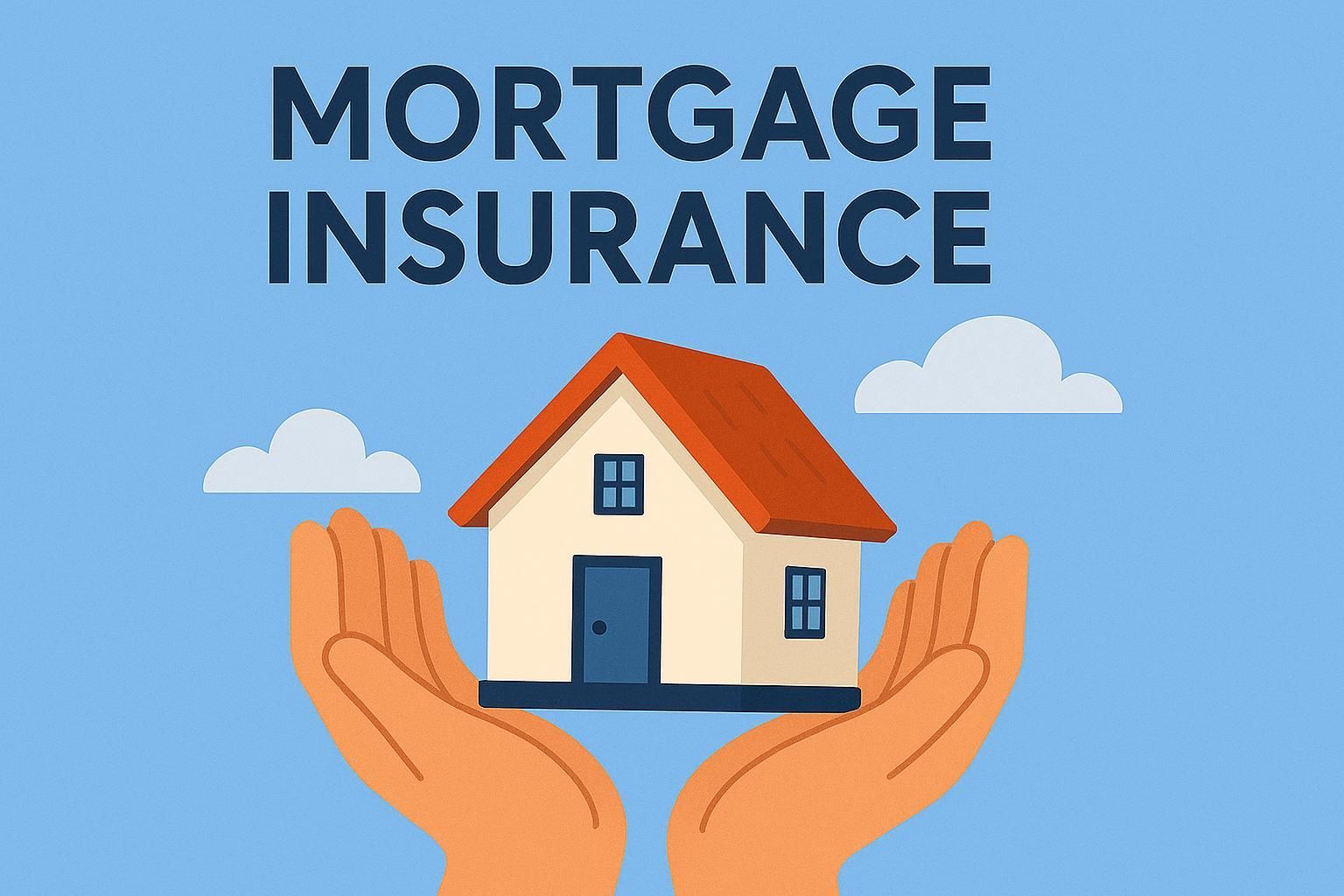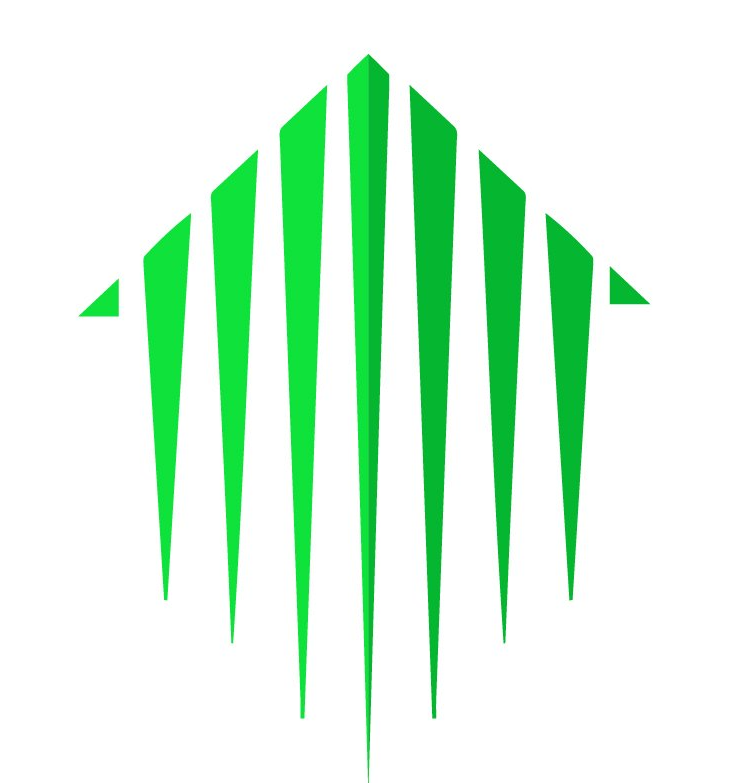Mortgage Payment Frequency – Accelerated Bi-Weekly vs Bi-Weekly Payments
One decision you will need to make when you get a mortgage is, how often you want to make your payments.
With constant demands on your cash flow, you’ll want a way of fitting your mortgage payments into your bill paying financing. Banks/Lenders give you a choice of up to six payment frequencies so you can choose when and how often you wish to make your mortgage payments.
- Monthly (12 payments/year)
- Semi-Monthly (24 payments/year)
- Bi-weekly (26 payments/year)
- Weekly (52 payments/year)
- “Accelerated” bi-weekly (26 payments/year)
- “Accelerated” weekly (52 payments/year)
Let’s compare the 3 most popular options: monthly, bi-weekly & accelerated bi-weekly.
Lenders offer the choice of paying your mortgage with accelerated or “rapid” bi-weekly payments along with a non-accelerated or “regular” bi-weekly payment. This can cause confusion as most people assume that repaying a mortgage with bi-weekly payments will shorten the amortization, regardless of whether it is an “accelerated” or “regular” payment.
To help resolve this confusion, it is important to think of your payments as a stream of income for the Lender.
Mortgage payments are comprised of a blend of interest & principal.
- Interest is calculated on the outstanding balance (principal) of your mortgage
- Once the interest has been paid (from your mortgage payment) the balance (remainder) of your payment is applied towards paying down your principal balance.
- For example: with a $1000 mortgage payment, let’s assume the interest is $650 and therefore the balance of $350 goes to pay down your principal.
The Lender’s minimum payment stream is 12 monthly payments
With accelerated bi-weekly, you are paying one extra month’s payment amount towards principal repayment (equivalent of 13 months of payments). This accelerated repayment of principal is what shortens your amortization and saves you interest.
Bi-Weekly payments
- 12 months payments ÷ 26 = regular bi-weekly payment
- $1000 per month x 12 = $12,000/year ÷ 26 payments = $461.54 regular bi-weekly payment
With a regular (non-accelerated) bi-weekly payment plan, the Lender takes 12 months’ worth of payments and divides this by 26 to come up with the bi-weekly payment. With this adjusted payment the Lender still receives a stream of income of 12 months payments per year. There is no additional money (principal) available to accelerate the amortization.
Accelerated Bi-Weekly paymen ts
- 13 months payments ÷ 26 = accelerated bi-weekly payment
- $1000 per month x 13 = $13,000/year ÷ 26 = $500 accelerated bi-weekly payment
- An additional $38.36 ($500-$461.54) is going directly to pay down the principle every 2 weeks with each mortgage payment
With an accelerated bi-weekly payment plan, the Lender takes 13 months’ worth of payments and divides this by 26 to come up with the accelerated bi-weekly payment. With this adjusted payment the Lender now receives income from 13 months of payments per year. There is $38.36 in additional money, applied to the principal to accelerate the amortization and pay off your mortgage earlier with less interest.
Example
| Mortgage Amount | $300,000 |
| Interest Rate | 5.00% |
| Amortization Period | 25 years |
| Monthly Mortgage Payment | $1,744.81 |
Monthly Mortgage Payments
Monthly payments are payments made once per month (12 payments per year). Based on the above example, the total annual mortgage payments are $20,937.72 ($1,744.81 x 12).
- Using this repayment option, it will take 25 years to pay off the mortgage.
Bi-Weekly Mortgage Payments
Bi-weekly means payments are made every 2 weeks (52 weeks/year = 26 payments). You are making a total of 26 payments in the year.
To calculate Bi-Weekly payments, you take the monthly payment x 12 then divide by 26 ($1744.81 x 12 = 20,937.72 / 26 = $805.30). At the end of the year Bi-weekly payments still only add up to $20,937.80 ($805.30 x 26), the same as if you made monthly payments of $1,744.81.
The little bit of savings come from the fact that you are paying down the principal quicker because your making payments every 2 weeks as opposed to once per month.
Accelerated Bi-Weekly Mortgage Payments
Accelerated bi-weekly mortgage payments are a bit different.
To calculate your accelerated bi-weekly payment, take the monthly mortgage payment, $1744.81 multiply x 13 (since you are making 1 extra payment per year) $22,682.53, then divide it by 26 (every 2 weeks). As per the example, you’re total annual mortgage payment is $22,682.53 ($1744.81 x 13) divided by 26 = $872.41/
Essentially you’re making one additional monthly payment per year ($22,682.53 – $20,937.72 = $1744.81).
By making accelerated bi-weekly payments, you will be saving money on interest and reducing your amortization period.
What happens to my mortgage with different payment frequencies?
The following chart shows the impact on your mortgage
| Monthly Payment | Bi-Weekly | Accelerated Bi-Weekly | |
| Mortgage Amount | $300,000 | $300,000 | $300,000 |
| Interest Rate | 5.00% | 5.00% | 5.00% |
| Amortization Period | 25 years | 25 years | 25 years |
| Term | 5 years | 5 years | 5 years |
| Mortgage Payment | $1,744.81 | $805.30 | $872.41 |
| Interest Paid | $70,211.47 | $70,095.45 | $68,917.82 |
| Balance Remaining | $265,522.87 | $265,522.15 | $255,504.52 |
| Remaining Amortization | 20 years | 20 years | 16 years 6 months |
| Savings | $0.72 | $10,018.35 |
You can align your mortgage payments to when you are paid by your employer. For some people, the financial burden of accelerating their payment at the time of funding is not an acceptable option, hence the choice of a regular payment plan.
Some Lenders offer their clients the option to change their payment frequency once a year, as per the Lender’s prepayment privilege guidelines.
There are lots of great ways to reduce the time it takes to pay off your mortgage. I would be happy to discuss various mortgage options and get you on the fast track to saving money with little effort.
Whether you’re purchasing a new home, looking to refinance your existing home or looking to get pre-approved for a mortgage, I have the knowledge, and experience to help.
Let’s discuss a mortgage that works for you (not the bank)!
Kelly Hudson
Mortgage Expert
Mobile: 604-312-5009
Kelly@KellyHudsonMortgages.com
www.KellyHudsonMortgages.com








